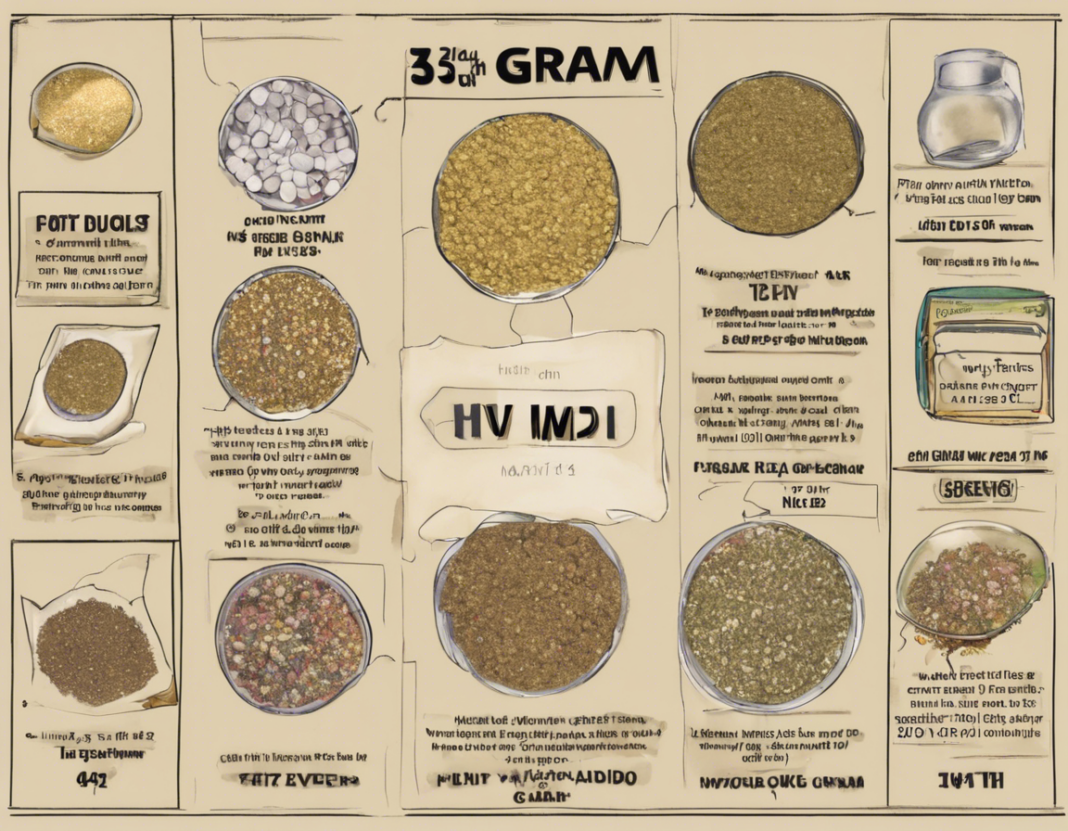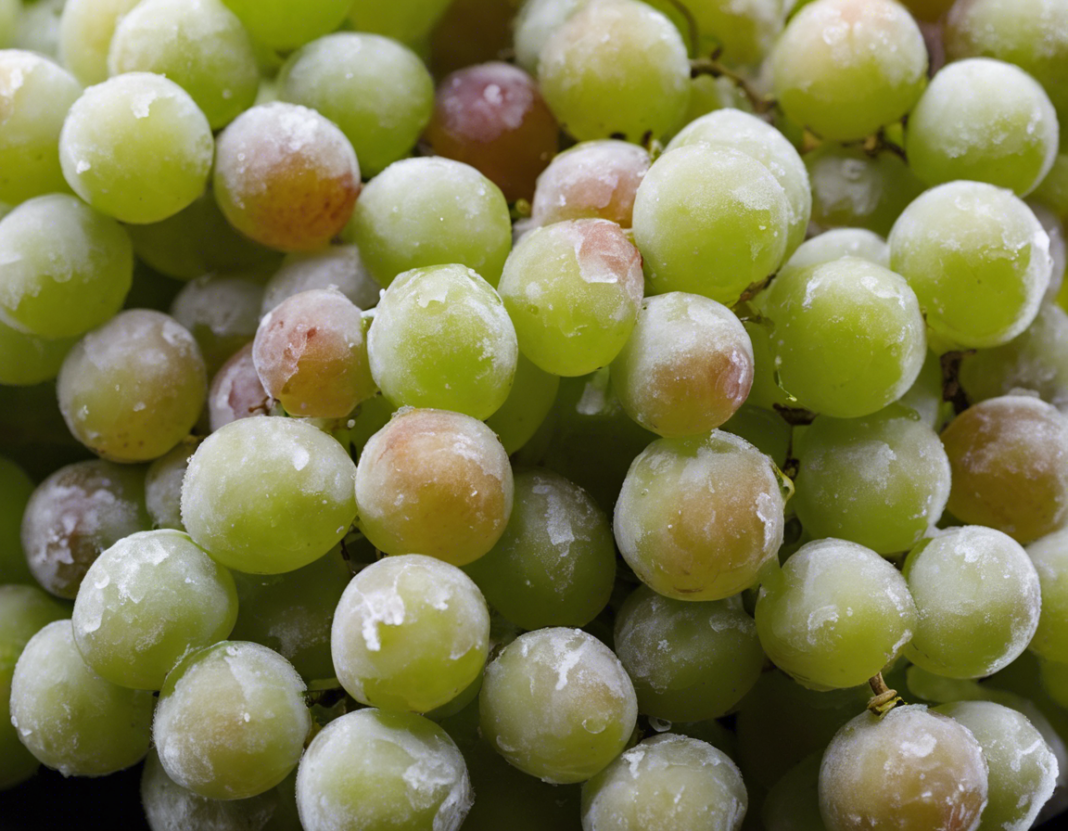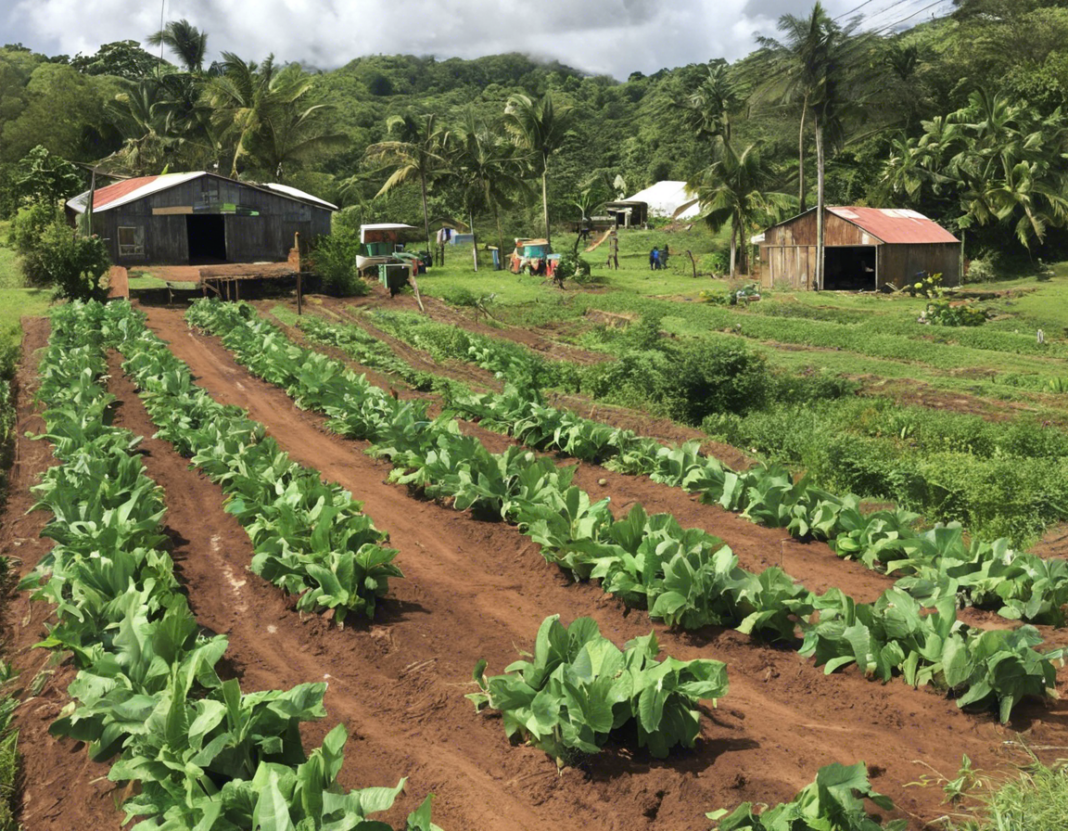When it comes to precise measurements in the culinary world, understanding different units of measurement is essential. Converting fractions to grams is a common task in many recipes, especially when dealing with small quantities of ingredients. In this guide, we will focus on converting 1/8 to grams for accurate measurements.
Understanding the Basics
Before we dive into the conversion, let’s quickly review the basic units involved:
- Fraction: A fraction represents a part of a whole. In this case, 1/8 means one part out of a total of eight equal parts.
- Gram: Gram is a metric unit of mass used in the majority of the world for weighing ingredients in recipes.
Converting 1/8 to Grams
To convert 1/8 to grams, we need to consider what we are measuring. Depending on the ingredient, the conversion may vary. Here are some common ingredients and their conversions:
- Flour: 1/8 cup of all-purpose flour is approximately 15.6 grams.
- Sugar: 1/8 cup of granulated sugar is around 28.4 grams.
- Butter: 1/8 cup of butter translates to about 28.4 grams.
Converting Other Units to Grams
If you come across a recipe that doesn’t use cups, but instead uses ounces or pounds, you can easily convert those units into grams. Here are the conversions for your reference:
- 1 ounce is equal to approximately 28.35 grams.
- 1 pound is equivalent to around 453.59 grams.
Key Takeaways
- Accuracy: Converting measurements to grams allows for more precise and consistent results in cooking and baking.
- Consistency: Using a digital kitchen scale for accurate measurements is highly recommended.
- Practice: With time, converting between different units will become second nature, leading to improved cooking skills.
Frequently Asked Questions (FAQs)
Q1: How do I convert fractions to grams for ingredients not listed here?
A1: For ingredients not covered, you can use online conversion tools or refer to a comprehensive conversion chart for accurate results.
Q2: Why is it important to measure ingredients accurately in cooking and baking?
A2: Accurate measurements ensure that your dishes turn out as intended, both in terms of taste and texture.
Q3: Can I use volume measurements instead of weight measurements in recipes?
A3: While volume measurements are common, using weight measurements (grams) offers greater precision, especially in baking.
Q4: What is the role of a kitchen scale in accurate ingredient measurements?
A4: A kitchen scale provides precise measurements, crucial for achieving consistent results in recipes.
Q5: How can I ensure that my measurements are accurate without a kitchen scale?
A5: While a kitchen scale is the most accurate method, using standard measuring cups and spoons following proper techniques can also yield good results.
Conclusively, understanding how to convert fractions to grams is an essential skill for any home cook or baker looking to elevate their culinary creations. By mastering this conversion, you can ensure accuracy and consistency in your dishes, leading to delicious results every time.


